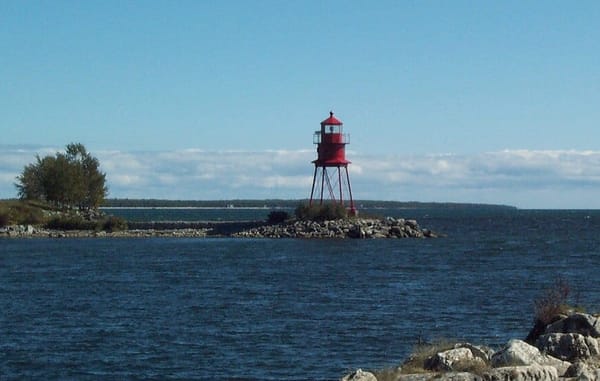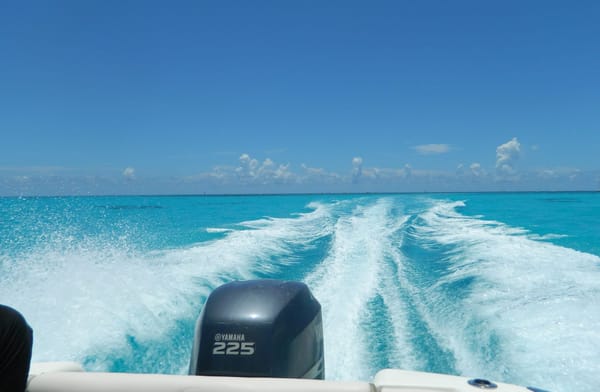Stay Safe: Wearing your Engine Cut-Off Switch Lanyard
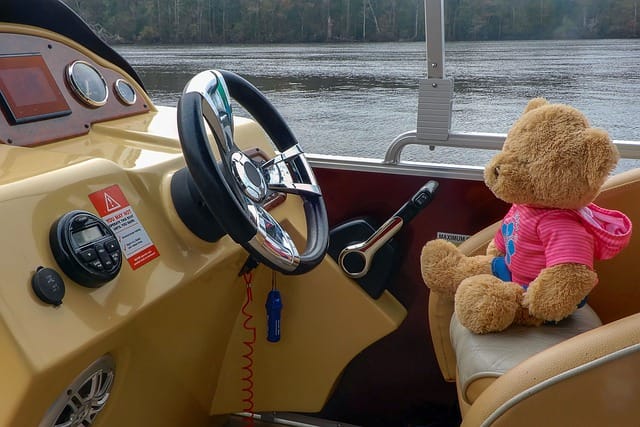
You may or may not be aware of a new boating law that went into effect on April 1, 2021. Boaters (specifically, the operator of the boat) are now required to wear an engine cut-off switch (ECOS) lanyard. This applies to cruising around the local lake, fishing in the Chesapeake Bay or motoring around Miami and Fort Lauderdale.
Also known as a safety switch, the engine cut-off device is located at the helm or outboard engine. A lanyard connects the operator of the boat to the ECOS device (which is separate from the ignition key). If the operator would happen to fall out of the boat and into the water, the lanyard gets pulled out of the socket and the engine cuts off. This prevents a boat strike injury (whether from the boat or the prop) or potential damage to other boats and property (i.e., you don’t end up with a boat cruising around the marina, private boat slip rental or open water with no operator).
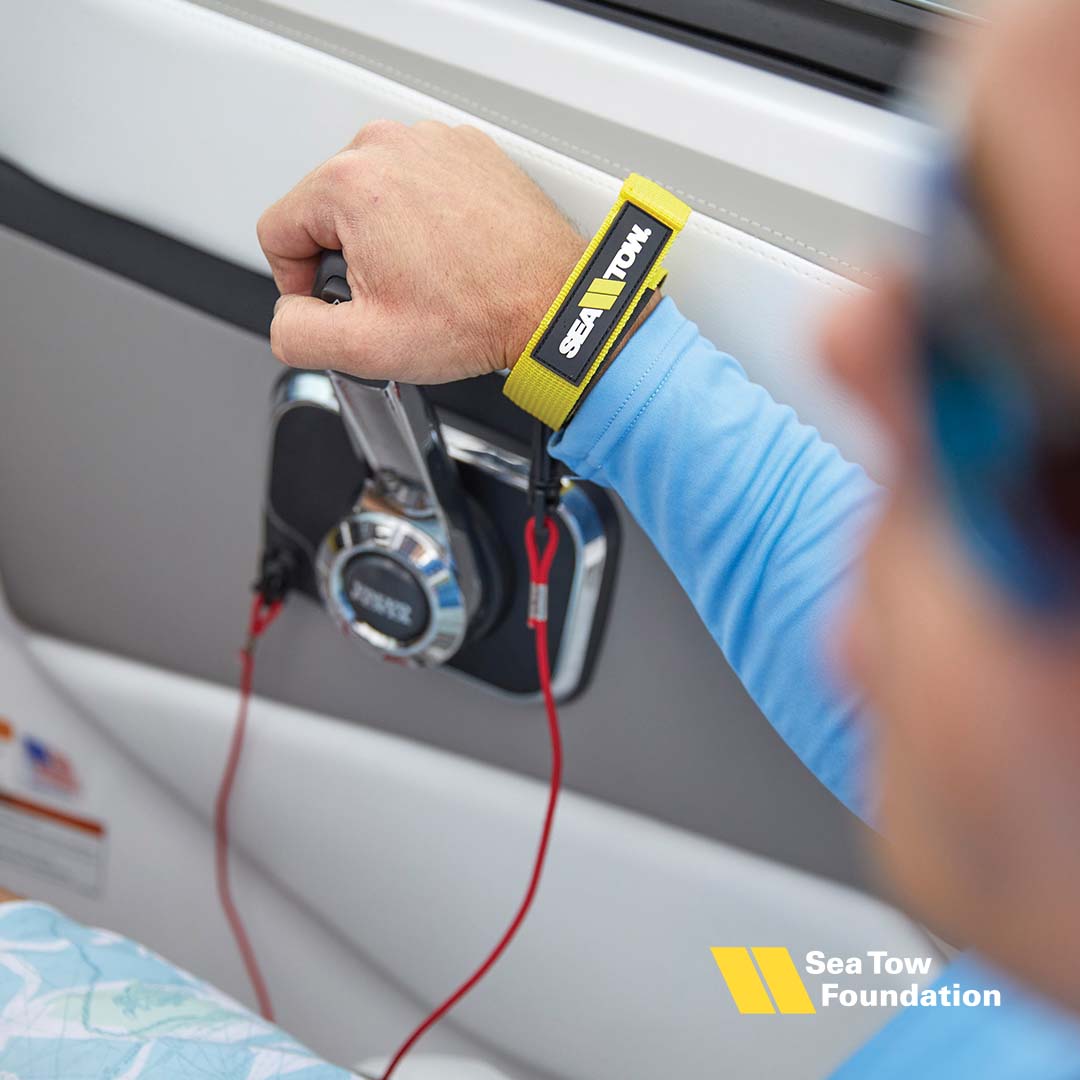
Photo: Sea Tow (Facebook)
Most lanyards are around 48 to 72 inches. Since they’re coiled and springy, they extend out giving you quite a bit of walkaround space while still being connected to the ECOS device. There’s also the possibility of a wireless ECOS (Isn't everything wireless these days?) in which case the operator has an electronic fob (like the ones many new cars have).
The ECOS lanyard is required on vessels less than 26 feet in length with more than 115 lbs. of static thrust (about 3 hp) that have an installed Engine Cut-Off Device. Most new boats have this device, and even ones built as far back as 1995 may have them.
How the ECOS Lanyard Works
- A clip is inserted into the ECOS device (similar to how jet skis are designed).
- The clip is attached via a coiled lanyard to the operator’s body (whether worn on the wrist or clipped to a life jacket, a shirt or belt loops).
- If the operator falls out, the engine cuts off, thereby preventing getting hit by the boat or the prop or having the boat run into other boats or property (such as boat dock rentals and piers)
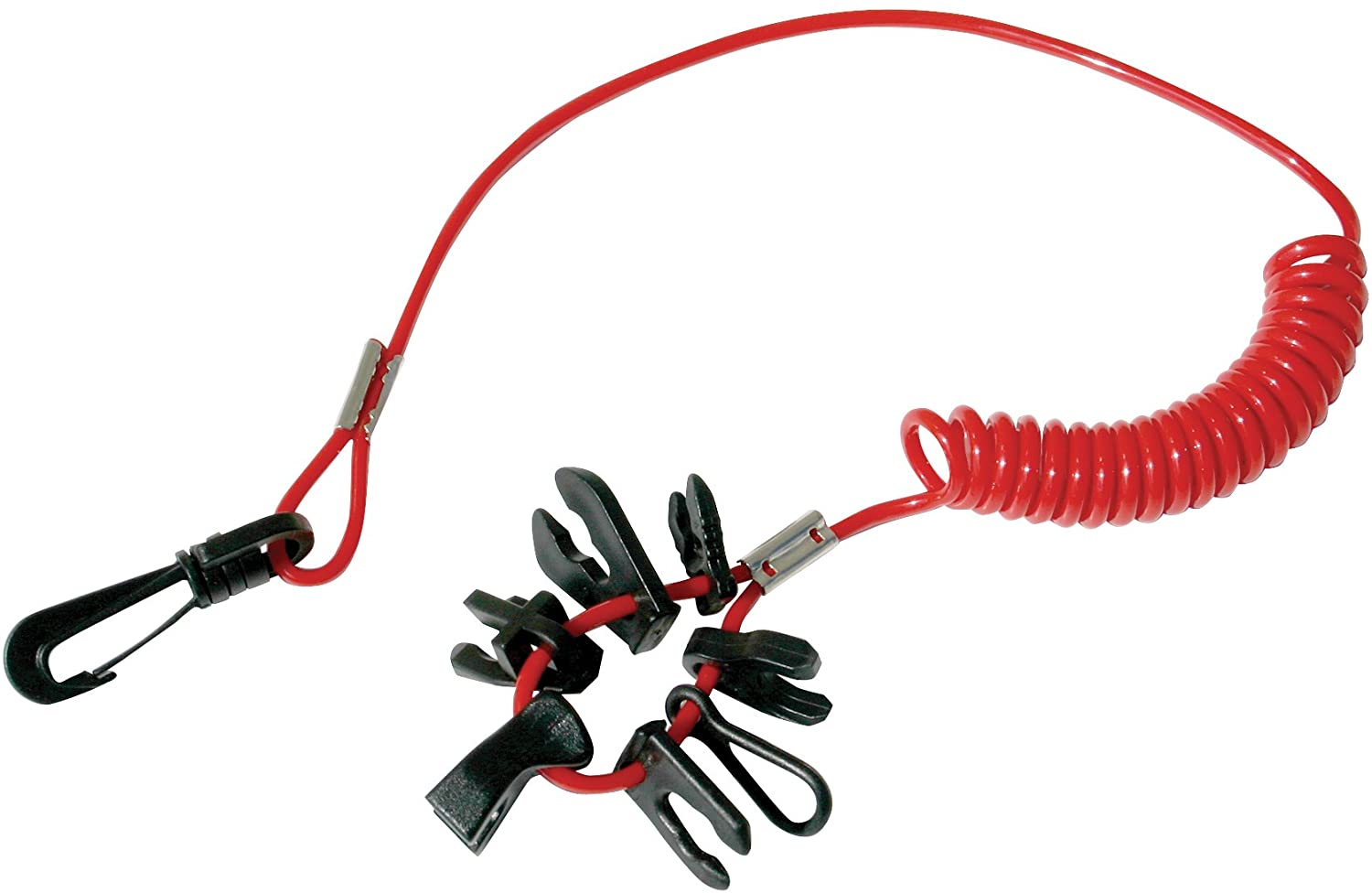
Vessels that Must Have ECOS Devices
- Boats with an installed engine cutoff device at the helm or on an outboard engine
- Boats that have wireless ECOS
- Boats manufactured after January 2020 (which are required to have the ECOS device)
Exceptions to the ECOS Rule
- If the boat is greater than 26 feet in length (whether or not it has an ECOS device)
- When the main helm is an enclosed cabin
- When the boat is not on plane or at displacement speed
- If the boat is doing low-speed tasks like fishing or docking at a ramp or boat slip rental
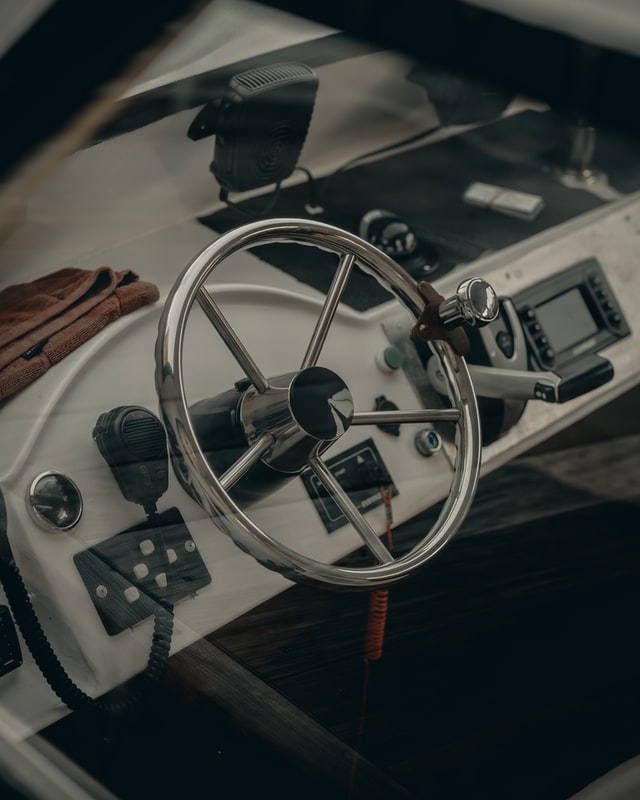
Photo: Unsplash
Expert Tip
You may want to keep an extra lanyard somewhere on board in case the captain does go overboard. That way, someone can operate the boat to retrieve them and get back to a private boat lift for rent.
The ECOS is a federal law passed by Congress and implemented by the US Coast Guard, so it’s recommended that you follow it. This ECOS lanyard law applies to all US waterways. If not followed, fines can range from $100, $250 and $500 for first, second and third offenses. State and local authorities could choose to enforce it differently, but it is a law (not just a suggestion). Don’t leave the marina, ramp or private boat slip rental without it.
We hope this has been helpful for your boating lifestyle. Nobody wants to get a ticket for not having a simple piece of gear that could prevent boat damage or bodily injury.
